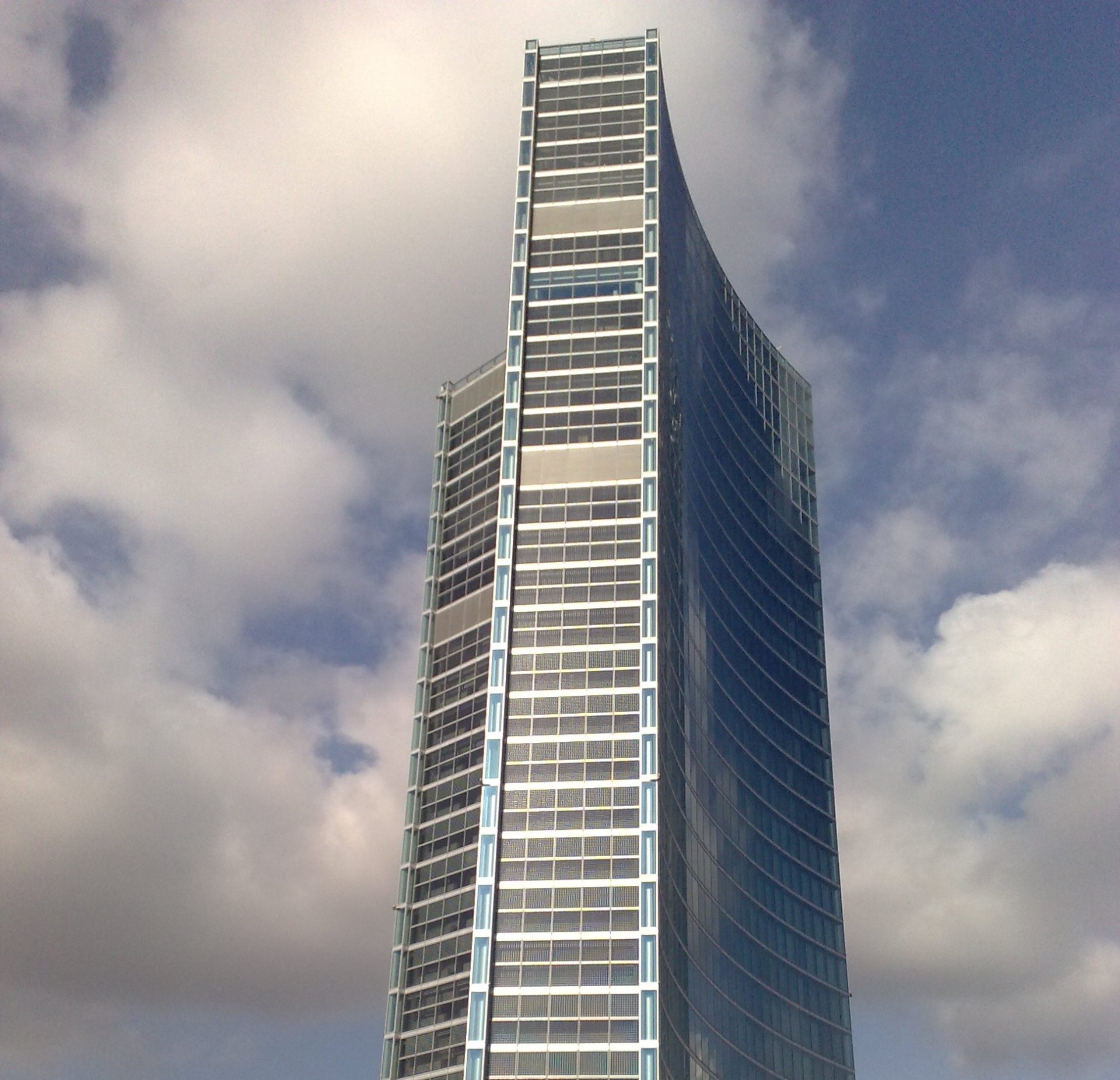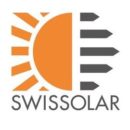6th November 2023

Palazzo Lombardia is the institutional seat of the regional administration. It consists of a 161-meter tower made of reinforced concrete, steel and glass, surrounded by a system of curved buildings seven to eight storeys high. Of the 75,000 m² of ventilated facade, 2,080 m² are photovoltaic modules. Photo credits: Fabio Parolini. Photo credits homepage: Mauro Gambini (Flickr).
Photovoltaic facades may in future cover up to 10 per cent of Switzerland’s electricity needs. Switzerland is one of the countries with the most experience with photovoltaic facades, both in terms of module production and application. Unlike roof-mounted systems, however, the expansion of facades is currently falling short of its potential. One reason for this is the lack of standards. Swissolar is now addressing this situation through a new document that simplifies the design and fire protection verification of rear-ventilated facades, thus facilitating their implementation.
The document was developed by Swissolar in cooperation with the AICAA-VKF, the cantonal building insurance companys of Bern and Zurich (GVB / GVZ) and a number of experts from the fields of photovoltaics and fire protection. It provides a system classification for medium height buildings (11 to 30 meters) and high-rise buildings (30 to 100 meters). The categorization illustrates under which conditions photovoltaic facades can be installed today without detailed fire tests for the specific building. In these cases, an argued verification procedure is now used. In this process, specifications are defined for photovoltaic modules, cable laying, fire protection measures and other topics, which have been derived from previous fire tests as empirical values.
Many building owners are already designing and installing photovoltaic facades, thus making an important contribution to the energy transition. This document provides them with a concrete and applicable solution in anticipation of the development of a state-of-the-art document. The binding state-of-the-art document is currently being elaborated by Swissolar together with photovoltaic and fire protection experts and in cooperation with the AICAA-VKF. Publication is planned for autumn 2024.

